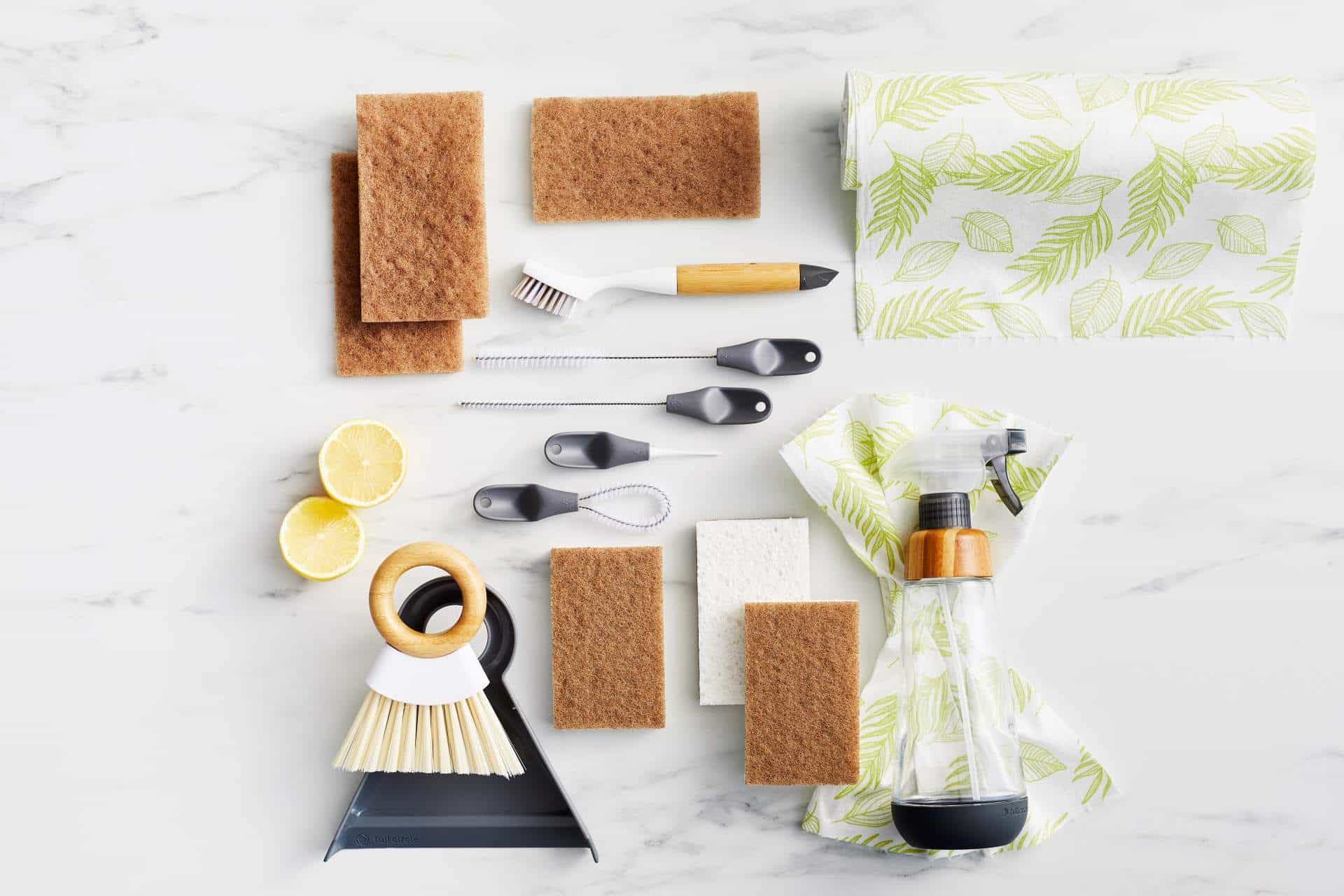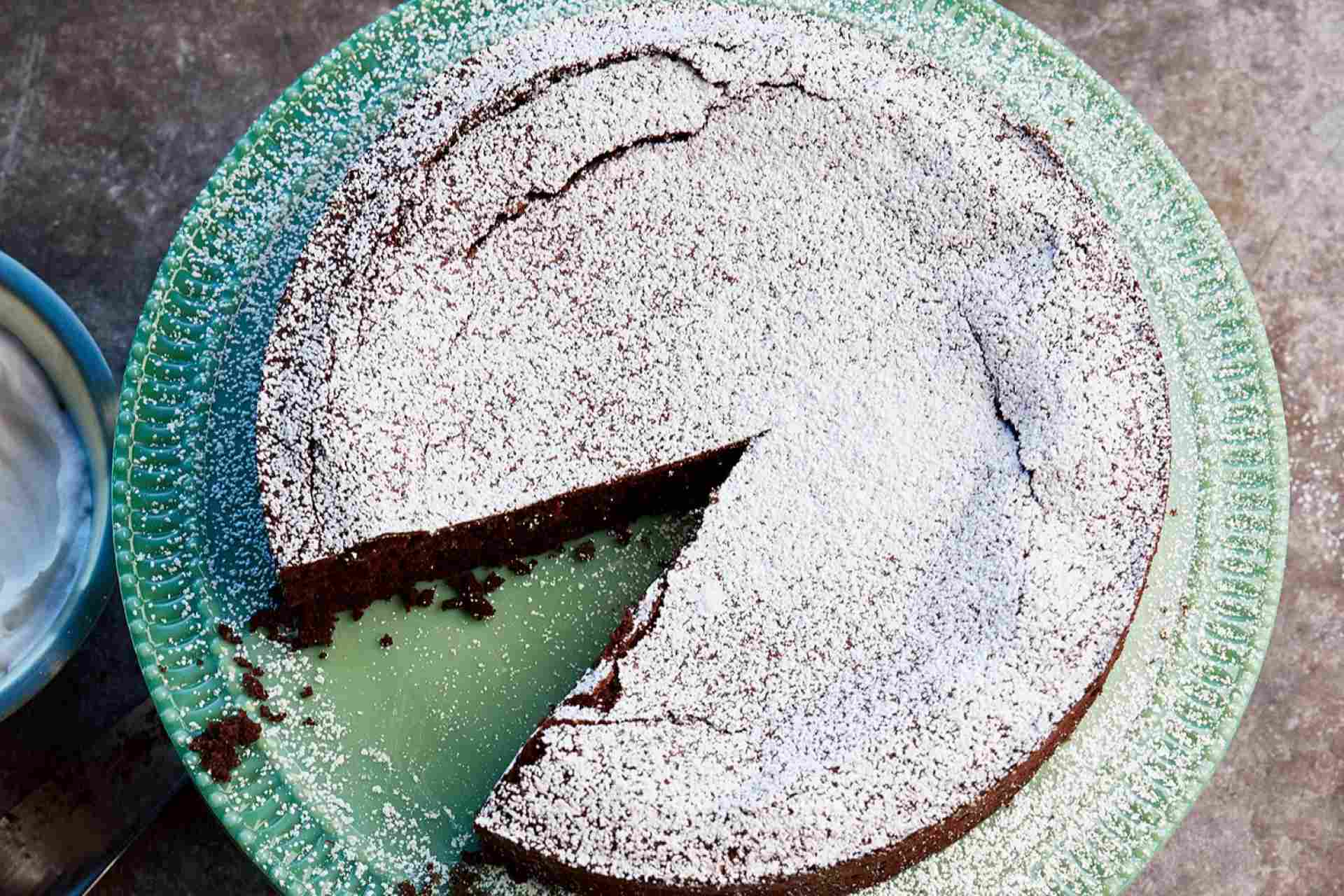A Spring reset.


From home kitchens to professional bakeries, alternative sweeteners are changing the way we cook and bake. Whether you’re trying to tweak a classic recipe or just curious about using something like stevia or monk fruit in your next dessert, it’s clear that these ingredients have become kitchen staples for many. But with so many options available, it can be tricky to understand how each one works and how it affects your cooking.
In this article, we’ll dive into popular sugar substitutes, exploring how they differ from each other and how they can change the texture, sweetness and overall results of your dishes.
Hungry for more? From knife skills to recipes that span the globe, there’s always something to learn in our Cooking Classes!
Sugar substitutes are ingredients used to sweeten food and beverages as alternatives to regular table sugar (sucrose).
These substitutes can range from naturally derived extracts to synthetic products, each offering a unique profile in terms of taste, sweetness and usefulness in cooking and baking. People turn to these alternatives for various reasons, from managing their calorie intake or controlling blood sugar levels to experimenting with new textures and flavors in culinary projects.
Here’s a quick rundown of some of the most commonly used sugar substitutes in the culinary world:
Sugar substitutes can significantly alter the outcome of recipes, especially in baking, where sugar’s role extends beyond just sweetness to include texture, volume and color. Understanding these effects can help you adjust recipes for optimal results when using sugar alternatives.
Sugar contributes to the structure of baked goods through the creaming process, when sugar crystals trap air. Substitutes like stevia and monk fruit don’t provide the same structure because they are used in much smaller quantities and do not have the same physical properties as granulated sugar.
This can result in baked goods that are denser and less airy. Using bulking agents like fruit purées, yogurt or additional baking powder can help mitigate some of these effects by introducing more air and structure into the batter.
Each sugar substitute varies in sweetness intensity.
For example, stevia and monk fruit are much sweeter than granulated sugar, which means you’ll use less to achieve the same sweetness. This discrepancy can affect not only the taste, but also the texture and volume, as less of the substitute is used compared to sugar. It’s important to use conversion charts specific to each substitute to balance sweetness without losing the desired texture.
Sugar is hygroscopic, meaning it attracts and holds water, which helps to moisten and soften baked goods. Sugar alcohols like xylitol and erythritol also have hygroscopic properties, but they behave differently under heat and might not provide the same moisture retention as sugar.
Substitutes like erythritol can sometimes result in a drier, crumblier texture. Adjusting liquid components in recipes or adding ingredients that contribute moisture, like applesauce, can help achieve a better balance.
Sugar caramelizes when heated, contributing to the flavor and color of foods like cookies and cakes. Many sugar substitutes do not caramelize in the same way.
For instance, erythritol and allulose can brown somewhat but do not produce the same depth of flavor as sugar. This lack of caramelization can result in paler baked goods with less flavor complexity. Brushing the top of pastries with milk, butter or egg wash before baking can help achieve a more golden color. Allulose, in contrast, does caramelize and can be a useful substitute in applications where browning is desired.
Each sugar substitute brings its own unique characteristics to the table, influencing not just the sweetness but also the texture, volume and moisture of your culinary creations. Let’s explore how to best use these alternatives in your kitchen.
Stevia is highly potent, and because it’s so much sweeter than sugar, it’s used in much smaller amounts. This can affect the bulk and structure in recipes, particularly in baking.
Monk fruit sweetener is another high-intensity sweetener, known for its clean, sweet flavor with minimal aftertaste. It is stable under high temperatures, making it versatile for cooking and baking.
Erythritol is slightly less sweet than sugar and imparts a cooling sensation in the mouth, which can be noticeable in some recipes. One popular brand that features erythritol as a primary ingredient is Swerve, which is favored for its sugar-like qualities and ease of use in a variety of culinary applications.
Xylitol matches the sweetness and texture of sugar, making it a versatile substitute in a variety of culinary applications.
Allulose is one of the newest sugar substitutes on the market, mimicking the taste and texture of sugar very closely with fewer calories.
Sucralose (Splenda is a common brand) is a no-calorie sweetener derived from sugar, modified by adding chlorine atoms, which makes it much sweeter than sugar—approximately 600X sweeter. Due to its high sweetness, it is used in very small amounts, which can affect the volume and texture in recipes.
For example, to compensate for moisture, consider increasing wet ingredients slightly or adding an ingredient that provides bulk, such as applesauce or yogurt, which can also help improve the texture and volume of your baked goods.
Using sugar substitutes in cooking and baking can open up a world of possibilities for altering recipes to fit dietary needs or personal preferences. However, it does require some adjustments and a bit of know-how to achieve the best results.
Here are some practical tips for substituting sugar in recipes, covering adjustments for sweetness, handling differences in moisture absorption and enhancing browning in baked goods.
If you’re looking for healthier options for processed sugar, many turn to natural sweeteners like honey, agave syrup, maple syrup and even date sugar. These options not only provide sweetness, but also bring their own unique flavors and textures to dishes.
Honey is a versatile sweetener that can be used in a variety of recipes. Its distinct flavors and natural sweetness make it perfect for sweetening beverages like teas and coffees, as well as for baking and creating glazes.
When baking with honey, it can be substituted for sugar in a 1:1 ratio, though you may want to reduce the amount of other liquids in the recipe due to its moisture content. Honey also adds a rich, distinct flavor to dressings and marinades.
Agave syrup, known for its mild flavor and high sweetness compared to sugar, is excellent for use in beverages where its solubility is particularly beneficial. It’s also a popular choice in vegan recipes as a replacement for honey.
In baking, agave syrup can substitute for sugar, usually with a ratio of about three-quarters cup agave for every one cup of sugar, adjusting the liquid ingredients accordingly to maintain the right consistency.
Maple syrup, with its rich and distinctive flavor, is a favorite—not only for breakfast dishes like pancakes and waffles, but also in baking and in savory dishes.
It can replace sugar in baking recipes by using three-quarters of a cup of maple syrup for every one cup of sugar, also reducing the amount of liquid in the recipe. Maple syrup imparts a unique flavor that works well in both sweet treats and glazes for meats, enhancing the taste complexity of a dish.
Made from dried dates, date sugar offers a similar sweetness and a subtle caramel-like flavor. It doesn’t dissolve completely like other sugars, so it’s best used in recipes where a smooth texture is not critical, like for cookies or bars.
Hungry for more? From knife skills to recipes that span the globe, there’s always something to learn in our Cooking Classes!
Join The Conversation